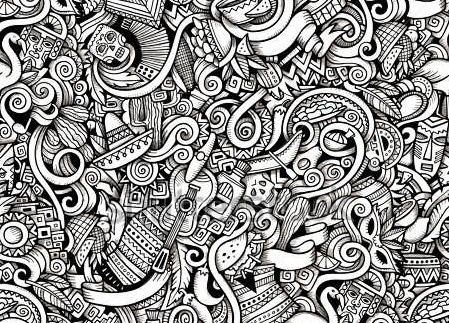約翰遜語言專欄
Wars of words
詞匯戰(zhàn)爭
When language is the pursuit of politics by other means
當(dāng)語言是政治別樣的訴求
The museum that honours Johannes Aavik in Kuressaare, a small town on an Estonian island, may not seem impressive. Outside, the national flag is desultorily tangled in a tree. Inside the small building, an attendant jumps up in surprise to turn on the lights for the only visitor. Of the two rooms, just one is devoted to Johannes (the other deals with his brother Joosep, a musician).
紀(jì)念約翰內(nèi)斯·阿維克的博物館位于愛沙尼亞一個(gè)小島上的小鎮(zhèn)Kuressaare,可能看起來并沒有一鳴驚人。屋外,國旗雜亂地纏繞在一棵樹上。在這座小房子里,一位服務(wù)員吃驚地跳了起來,為唯一的客人開了燈。兩個(gè)房間中,只有一個(gè)是紀(jì)念約翰內(nèi)斯的(另一個(gè)紀(jì)念他的哥哥,音樂家約賽)。
Yet Aavik deserves his museum. Few people have ever coined more words that subsequently came to be used. Over the centuries Estonia was dominated by Danes, Germans, Swedes and Russians. It is estimated that a third of its vocabulary is borrowed. So in the early years of the 20th century, when Estonia was still part of the Russian empire—and then after it declared its independence in 1918—Aavik set about coining Estonian replacements for some of those borrowings. Some he took from rural dialects; others were created on the model of Finnish (which, unlike most European languages, is related to Estonian).
而阿維克值得擁有這個(gè)博物館。很少有人創(chuàng)造出更多后來被使用的詞匯。幾個(gè)世紀(jì)以來,愛沙尼亞由丹麥人、德國人、瑞典人和俄羅斯人統(tǒng)治。據(jù)估計(jì),有三分之一詞匯屬于外來借用語。因此,在20世紀(jì)初,當(dāng)愛沙尼亞還是俄羅斯帝國的一部分時(shí)——在1918年宣布獨(dú)立后——阿維克開始用愛沙尼亞語替代這些外來借用語。他從農(nóng)村方言中提取了一些;其他語言是根據(jù)芬蘭語的模式創(chuàng)造的(與大多數(shù)歐洲語言不同,芬蘭語與愛沙尼亞語有關(guān))。
But quite a few, he simply made up. A modern scholar thinks he might have coined roim, “crime”, with the English word at the back of his mind. Aavik himself claimed that he merely sought short words that sounded beautiful and seemed Estonian, even though they were, at least at the moment he invented them, nonsense.
但數(shù)量相當(dāng)多,他就這么創(chuàng)造出來了。一位現(xiàn)代學(xué)者認(rèn)為,他可能在腦海中創(chuàng)造了“roim”(犯罪)這個(gè)英文單詞。阿維克本人聲稱,他只是想找一些聽起來很美、看起來像愛沙尼亞語的簡短詞匯,盡管至少在他發(fā)明這些詞之前,這些詞都毫無意義。

Aavik was part of a wave of linguistic purism that was then sweeping Europe. In the medieval period, Latin had been thought the only language worth writing. But gradually authors in France and Italy began to see their own tongues—descendants of Latin—as worthy of literature, too. The trend was boosted by Protestantism, which preached that everyone should have access to scripture in their own languages. The “vernaculars” became respectable.
阿維克是當(dāng)時(shí)席卷歐洲的語言純粹主義浪潮的一部分。在中世紀(jì),拉丁語被認(rèn)為是唯一值得書寫的語言。但漸漸地,法國和意大利的作家也開始認(rèn)為他們自己的語言——拉丁后裔——也有文學(xué)價(jià)值。這一趨勢是由新教推動(dòng)的,它鼓吹每個(gè)人都應(yīng)該有機(jī)會(huì)閱讀自己語言的圣經(jīng)。“方言”變得受人尊敬。
Or some of them did. A few big languages, backed by states, gained kudos. Small, stateless ones were still belittled. Only Russian and German could be spoken at Aavik’s school. Little wonder that the atmosphere nurtured a nationalist.
或者他們中的一些人這樣做了。一些由政府支持的大型語言贏得了贊譽(yù)。小型的、無國籍的公司仍然受到輕視。在阿維克的學(xué)校里,只能講俄語和德語。難怪當(dāng)時(shí)的氣氛孕育了一個(gè)民族主義者。
譯文由可可原創(chuàng),僅供學(xué)習(xí)交流使用,未經(jīng)許可請勿轉(zhuǎn)載。












